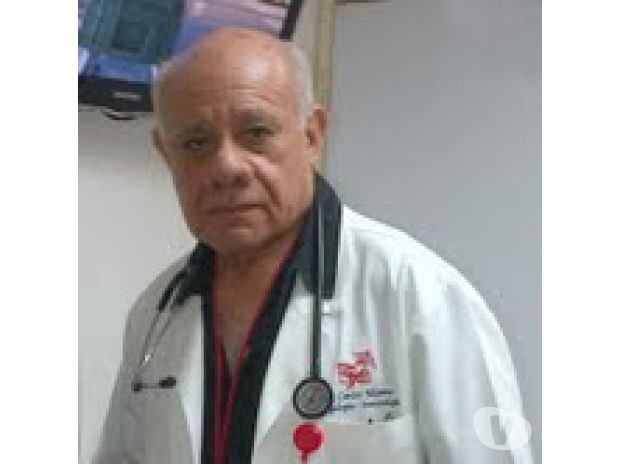En esta página
Para saber más
Para ver, jugar y aprender
- Información no disponible
Investigaciones
Recursos
- Información no disponible
Para usted
La alergia a las comidas es una respuesta anormal a un alimento desencadenada por el sistema inmunitario del cuerpo.
En adultos, los alimentos que desencadenan más reacciones alérgicas son: pescado, mariscos, maní y frutas secas como las nueces. En los niños, pueden ser los huevos, leche, maní, frutas secas, soja y trigo.
Los síntomas de una alergia a un alimento incluyen:
- Picazón e hinchazón de la boca
- Vómito, diarrea o cólicos abdominales y dolor
- Sarpullido o eccema
- Sentir la garganta apretada y dificultad para respirar
- Disminución de la presión sanguínea
Para diagnosticar la alergia a un alimento, su proveedor de cuidados de salud podría usar la historia clínica de la persona, una dieta donde se eliminen los alimentos que posiblemente estén causando la alergia y exámenes de la piel y de sangre.
Si una persona sabe que tiene alergia a un alimento, debe estar preparada para lidiar con una exposición accidental a la misma. Puede ayudar usar un brazalete o collar con información sobre la alergia y llevar consigo una inyección de epinefrina (adrenalina).
Sólo se pueden prevenir los síntomas de una reacción alérgica evitando el alimento que los cause. Una vez que la persona y su proveedor de atención médica hayan identificado el alimento al que la persona es sensible, estos tienen que ser retirados de su dieta.
NIH: Instituto Nacional de Alergias y Enfermedades Infecciosas
- Vinculan las alergias a los alimentos con un mayor riesgo de asma y fiebre del heno (15/09/2016, HealthDay)
- Pruebas cutáneas para alergias - EnciclopediaTambién en inglés
- Urticaria - EnciclopediaTambién en inglés
- Medicinas para tratar las alergias
 (Centro Nacional para la Salud del Agricultor, Unión de Consumidores de los EEUU) - PDFTambién en inglés
(Centro Nacional para la Salud del Agricultor, Unión de Consumidores de los EEUU) - PDFTambién en inglés
- Cómo tratar las alergias alimentarias durante las vacaciones (Academia Estadounidense de Alergias, Asma e Inmunología)
- FDA conoce más sobre el chocolate amargo y la alergia a la leche (Administración de Alimentos y Medicamentos)
- Alergia al huevo y la vacuna contra la gripe (Academia Estadounidense de Alergias, Asma e Inmunología)
- Anafilaxia - EnciclopediaTambién en inglés
- Esofagitis eosinofílica (Academia Estadounidense de Alergias, Asma e Inmunología)También en inglés
- Reacciones alérgicas - EnciclopediaTambién en inglés
- Alergias al maní: Lo que debe saber sobre el más reciente estudio de investigación (Academia Americana de Pediatría)
- Tratamientos contra la alergia alimentaria continúan en etapa experimental (Academia Estadounidense de Alergias, Asma e Inmunología)
- Alergia a la leche en bebés (Fundación Nemours)También en inglés
- Alergia al huevo (Fundación Nemours)También en inglés
- Alergias alimentarias (Fundación Nemours)También en inglés
- Alergias de los bebés y sensibilidades a los alimentos (Academia Americana de Pediatría)También en inglés
- Asma y alergias a los alimentos (Academia Americana de Pediatría)También en inglés
- Cinco formas de prepararse para una emergencia alérgica (Fundación Nemours)
- Alergia a la leche (Fundación Nemours)También en inglés
- Alergia a los frutos secos y a los cacahuetes (Fundación Nemours)También en inglés
- Alergias alimentarias (Fundación Nemours)También en inglés










